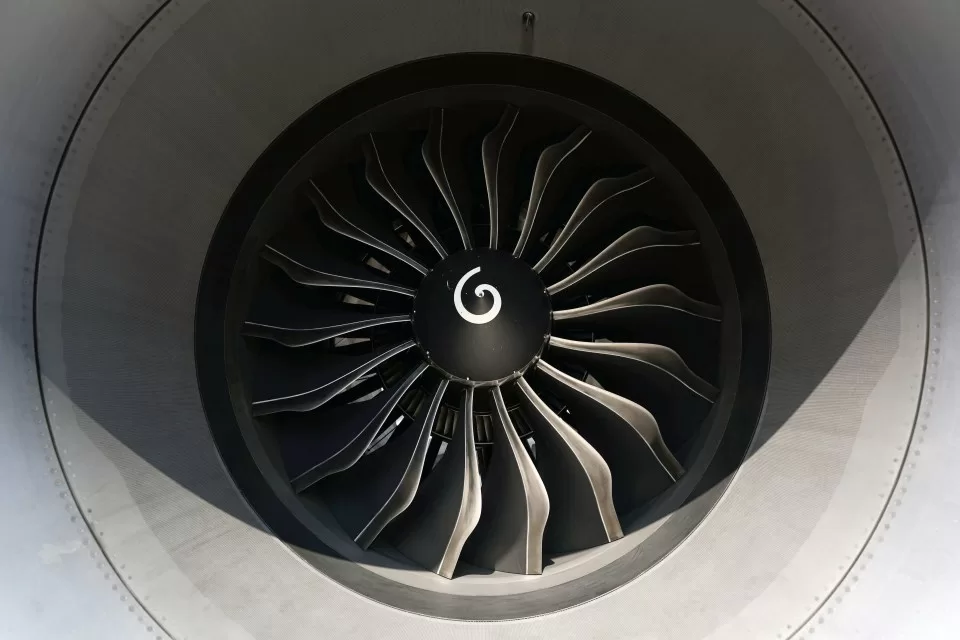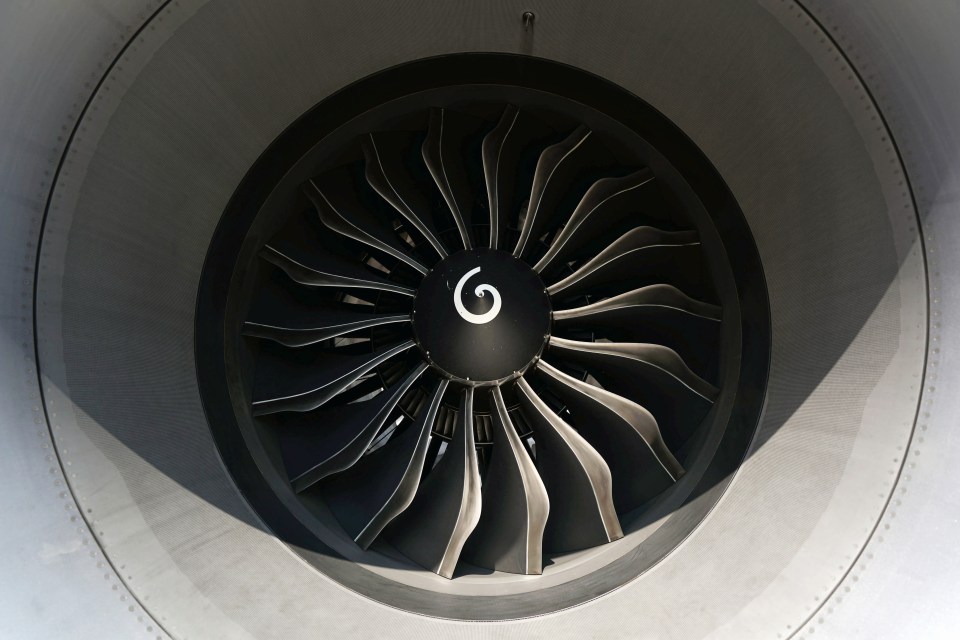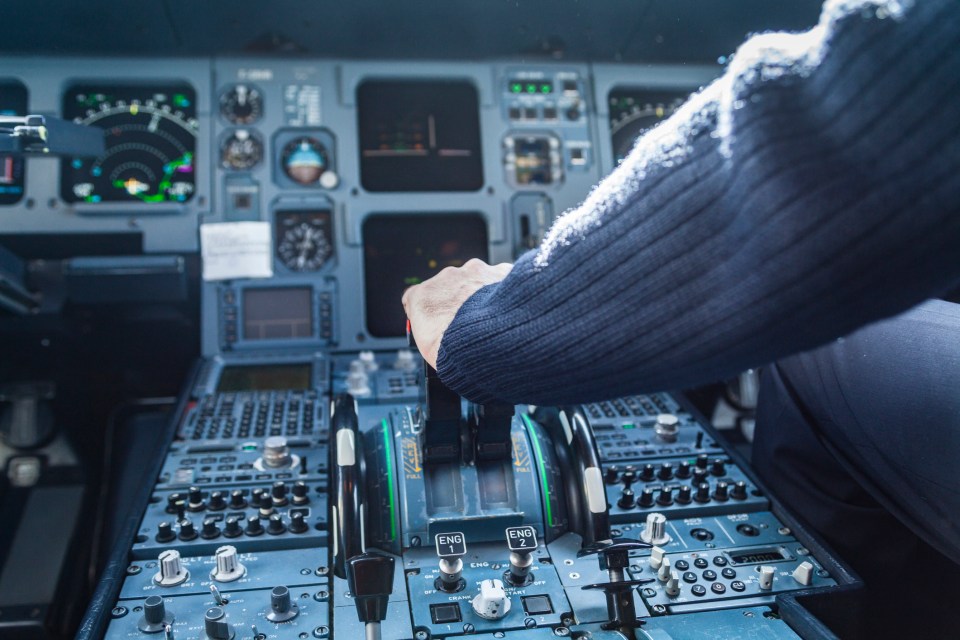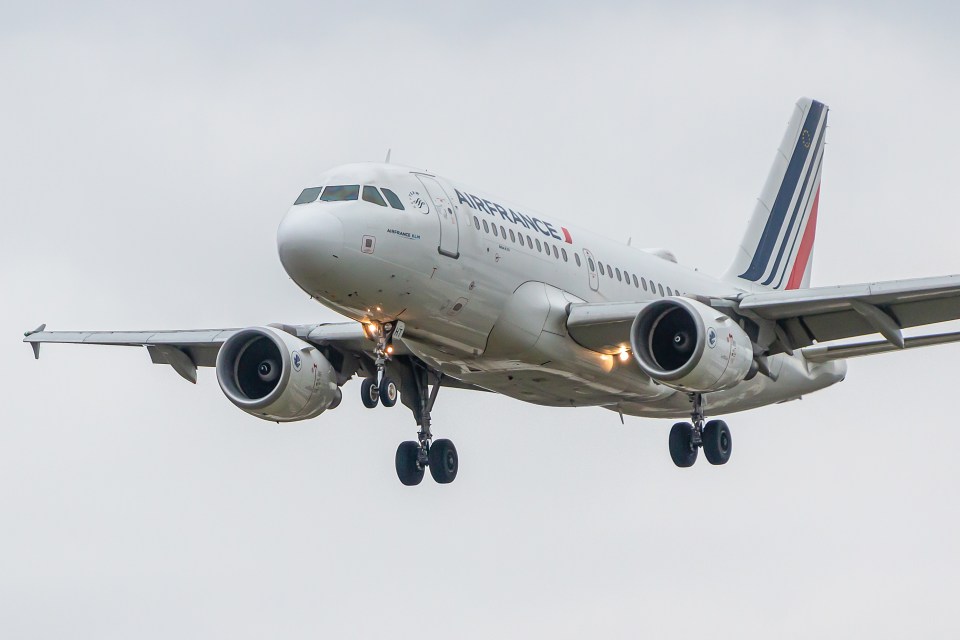A PILOT has revealed a breakdown of noises that flyers may hear whilst in the air and which ones could cause panic.
With holidaymakers looking to book their winter flights, potential passengers may be wondering what the roars and rumbles mean as they travel to their destination.
Aerophobia or the fear of flying is not uncommon with The Guardian reporting last year that around 40% of Americans were at a loss of how to conquer their jet-setting anxiety.
Despite aeroplanes having various creaks, dongs, announcements and potentially jarring sounds, a former low-cost airline captain has recently broken down the meaning of each noise to help ease some passengers.
What do I hear when I first step on the plane?
Now a cargo pilot, Brian Smith told The Telegraph: “The thrumming noise when you embark is almost certainly the APU.
“This small gas turbine (jet engine), situated in the tail cone, provides electrical and pneumatic power on the ground when the engines are not running, and also in flight, in the event of an engine failure.
“As passengers board it powers the lights and enables you to hear the PAs from the cabin crew. It also provides pressurised air, which is used to crank the engines when it is time to start them up.
“The APU air output also runs the air conditioning, to keep the cabin temperature comfortable on the ground, until the engines take over.”
How about right before take-off?
Smith explained that this is the noise that comes with the pilot increasing the wingspan of the plane.
Essentially, the flaps which can be retracted and moved into a “desired position” are usually only required during take-off and landing.
Whilst frequent flyers may find themselves becoming accustomed to their whirling, there is no need to raise the alarm if you hear them moving as they are simply being shifted into a position depending on their use.
What’s the noise when the plane is on a steep incline?
Smith explained: “After take-off, and only when the aircraft is positively climbing, pilots will raise the undercarriage, or landing gear, since it isn’t needed during flight and would also cause a huge amount of airflow ‘drag’ if left out, thus burning a lot of fuel.
“The doors that keep it tucked away are opened to allow it to enter the belly and then close again.
“As the gear comes up, you feel the snap as the locks that held it firmly down are disengaged, and the heavy structure is raised by one of the hydraulic systems.
“Finally, you hear a loud thud or clunk, as the gear is locked in place and the doors close behind it.”
Why is the noise level not consistent?
Due to noise-level regulations that airlines have to comply to, pilots will often find themselves reducing thrust to save fuel and decrease the risk of noise pollution.
Once clear of specific noise-sensitive areas then flyers may hear the engines in full force as the plane accelerates forwards and more thrust is exerted.
Throw in some turbulence and the volume that passengers are subject to could switch-up even more.
Should I be worried about the dings?
Qantas has already revealed previously the various dings and dongs that passengers could overhear which are simple forms of communication.
Whether that be from a passenger in their seat attempting to alert a flight attendant.
To a pilot wanting to give an emergency notice to the rest of the crew – usually via three consecutive dongs.
Why does the loud roar continue even after landing?
The loud roar derives from the pilot increasing the wingspan again, similar to take-off.
Smith said: “As soon as the aircraft touches down, the pilot will select reverse thrust. This is designed to slow the aircraft down quickly and, most importantly, to reduce the landing run. Reverse thrust also reduces the necessary effort from the wheel brakes, preventing them from becoming too hot.
“It is quite noisy, and possibly a bit alarming, but it’s simply the roar of the exhaust being directed forward instead of straight out the back of the engine.”
When should I be worried?
Flyers should be relieved to hear that there are very few occasions which should alert a cause for concern when overhearing something.
According to Smith, the one scenario when passengers should be alarmed is during complete silence which would suggest both engines have failed.
But even if this unlikely event were to happen, planes have a remarkable ability to to glide for a distance.
In 2001, an Air Transat Flight 236 lost power and still managed to carry out an emergency landing after gliding for 75 miles.
Another rare but possible scenario is if a bird were to come close enough to the plane.
However, small birds could be “ingested” quickly and easily by an engine, passing through with no damage.
Large birds on the other hand could cause serious issues.
Smith added: “Pilots are trained to recognise this and, of course, practise a failed engine scenario on every trip to the simulator.”



